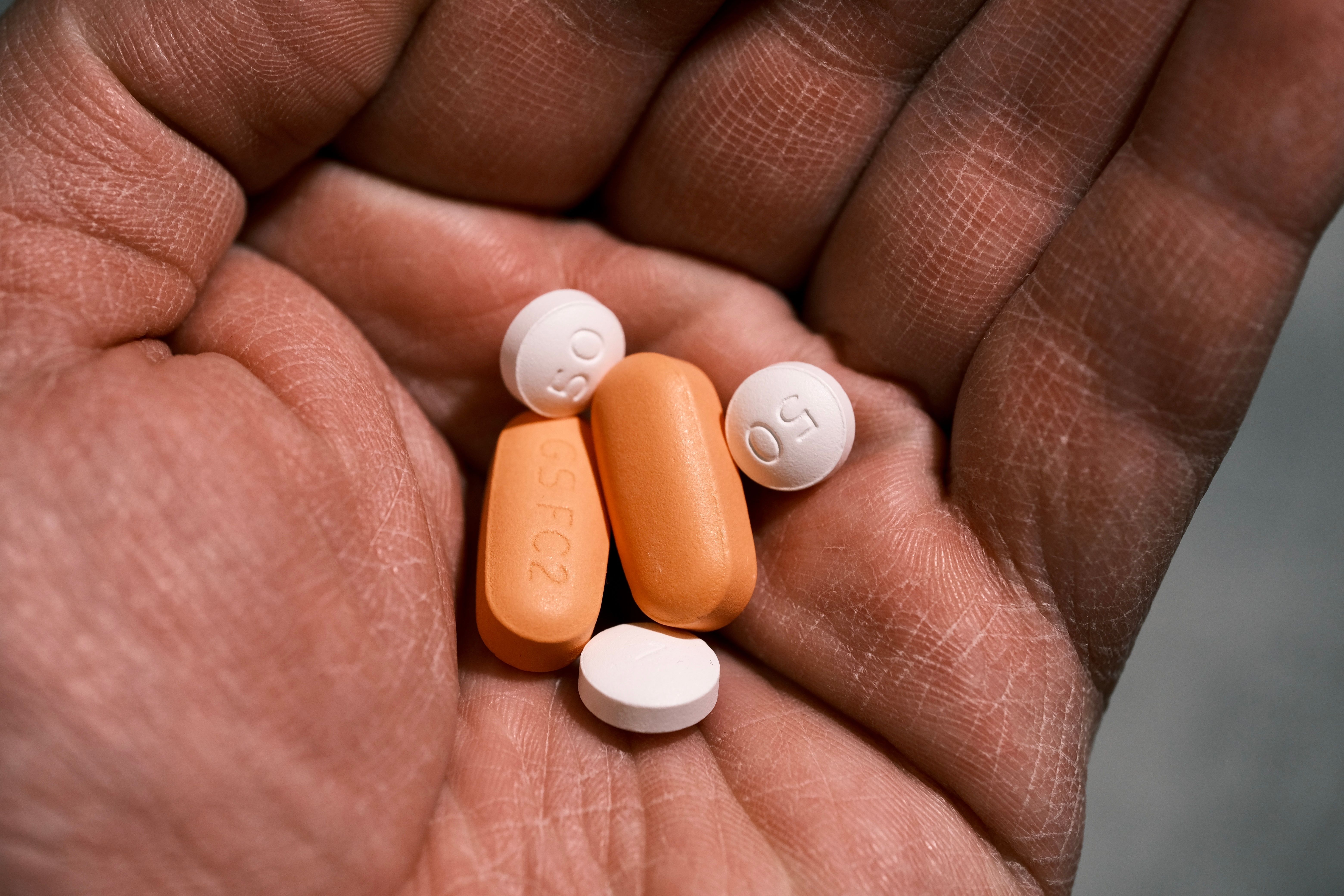
- Center on Health Equity & Access
- Clinical
- Health Care Cost
- Health Care Delivery
- Insurance
- Policy
- Technology
- Value-Based Care
Drug-Related Problems High in HIV Treatment Failure
Treatment effectiveness and safety can be affected by drug-related problems in patients who experience HIV treatment failure.
Treatment effectiveness and treatment safety issues are possible due to drug-related problems (DRPs) in treatment for HIV, which have a high occurrence, according to a study published in Cureus.1
People living with HIV (PLHIV) numbered 39.9 million people around the world as of 2022,2 with 77% of them using antiretroviral therapy (ART).3 ART is the standard treatment for HIV and can involve a variety of combinations of antiretroviral drugs.1 HIV viral load can be reduced significantly using ART, but the incidence of DRPs in treatment failure for HIV is unknown. This study aimed to assess the causes and types of DRPs associated with treatment failure in HIV.
Drug related problems were frequent in patients living with HIV and receiving ART | Image credit: Мaksim G - stock.adobe.com

This study used 2 main infectious disease referral centers to conduct the retrospective cohort study. Patients were included if they were 18 years or older and initiated ART between 2010 and 2020 for at least 6 months before a first follow-up visit. Patients were excluded if they had been transferred from another facility or had incomplete data. Treatment failure was defined as patients having a viral load of 1000 copies/mL at 2 consecutive readings, whereas successful treatment was defined as having a decrease in viral load suppression after 6 months of ART.
All patient characteristics, medical progress notes, laboratory results, and drugs prescribed were extracted from each patient’s medical records. Type of ART, inappropriate drug combinations, DRPs identified, herbal or dietary supplements, therapy monitoring, and adherence status were all recorded. The PCNE classification was used to identify DRPs, with basic classification of problems (P) and causes (C) included in this study. Causality was assessed by a clinical pharmacist with at least 5 years of experience.
There were 355 patients who were included in this study, of whom 25.9% had treatment failure. Heterosexual transmission was the most common mode of transmission (41%) and the mean (SD) duration of ART was 7.72 (4.11) years. The majority of patients also had comorbidities (52.4%).
A total of 99.7% of the patients had at least 1 DRP during treatment, with the sole patient without a DRP being in the treatment success group. There were 1605 causes of 817 problems recorded during this study. The most frequent problem domain was treatment safety (58.14%) followed by treatment effectiveness (41.62%). Treatment effectiveness (59.93%) was the most common problem domain in the treatment failure group, with treatment safety (39.36%) being the second most frequent. This was flipped in the treatment success group with treatment effectiveness being the second most common problem (31.96%) and the most frequent being treatment safety (68.04%).
Patient-related causes represented the most common domain among the 7 domains of DRP causes (58.38%); drug selection was the least frequent (8.79%) whereas “other” was the second most common cause (30.34%).
There are some limitations to this study. Under- or overestimation of DRPs as well as bias could be possible due to using a single data collector. Data omissions or misinterpretations are possible due to the retrospective design of the study. The duration of ART and baseline CD4 were different in both groups, which could have affected the results of the study.
Treatment effectiveness and treatment safety were the majority of problems reported in patients who experienced DRPs in HIV treatment, with patient-related factors being the most common cause. Making sure that patients understand the treatment regimen and that the patients are closely watched for all adverse effects can help to mitigate DRPs in PLHIV.
References
- Pa MFC, Koi NT, Misnan A, Islahudin FH, Makmor-Bakry M. Drug-related problems in HIV treatment failure. Cureus. 2024;16(9):e69838. doi:10.7759/cureus.69838
- HIV. World Health Organization. 2023. Accessed October 23, 2024. https://www.who.int/data/gho/data/themes/hiv-aids
- Data on the HIV response. World Health Organization. 2023. Accessed October 23, 2024. https://www.who.int/data/gho/data/themes/hiv-aids/data-on-the-hiv-aids-response
Elevating Equitable Health Care for the LGBTQ+ Community
June 18th 2024For the third episode in our special Pride Month series, we speak with Patrick McGovern, CEO of Callen-Lorde since August of 2023 and an outspoken advocate for HIV; lesbian, gay, bisexual, transgender, queer, plus (LGBTQ+); and community health.
Listen
Community Outreach Is Enabling CeSHHAR to Close HIV Care Gaps in Zimbabwe
April 6th 2021The Centre for Sexual Health and HIV/AIDS Research Zimbabwe conducts evidence-based research related to HIV and AIDS, as well as provides and implements sexual and reproductive health education and interventions among sex workers, children, and adolescents, and in the area of masculinity.
Listen
Elevating Equitable Health Care for the LGBTQ+ Community
June 18th 2024For the third episode in our special Pride Month series, we speak with Patrick McGovern, CEO of Callen-Lorde since August of 2023 and an outspoken advocate for HIV; lesbian, gay, bisexual, transgender, queer, plus (LGBTQ+); and community health.
Listen
Community Outreach Is Enabling CeSHHAR to Close HIV Care Gaps in Zimbabwe
April 6th 2021The Centre for Sexual Health and HIV/AIDS Research Zimbabwe conducts evidence-based research related to HIV and AIDS, as well as provides and implements sexual and reproductive health education and interventions among sex workers, children, and adolescents, and in the area of masculinity.
Listen
2 Commerce Drive
Cranbury, NJ 08512
AJMC®
All rights reserved.